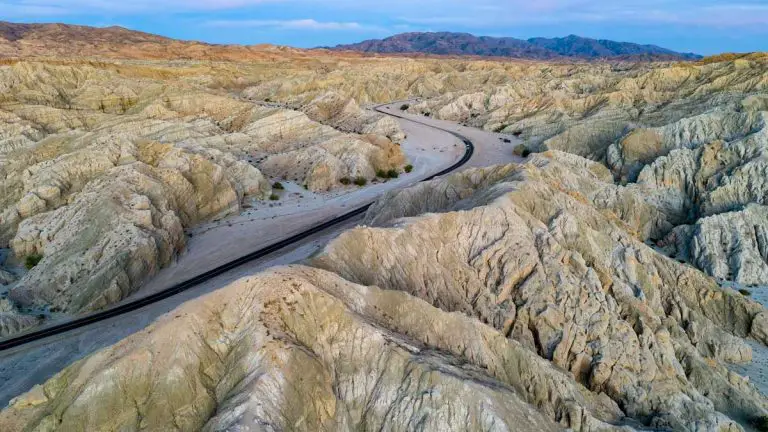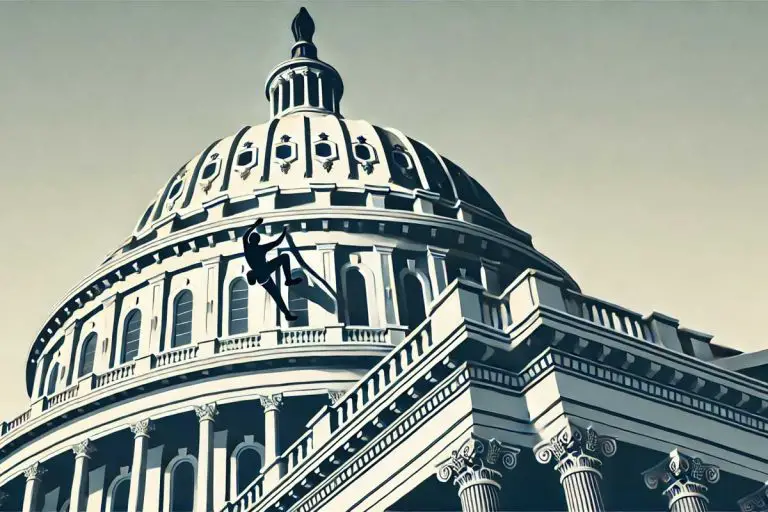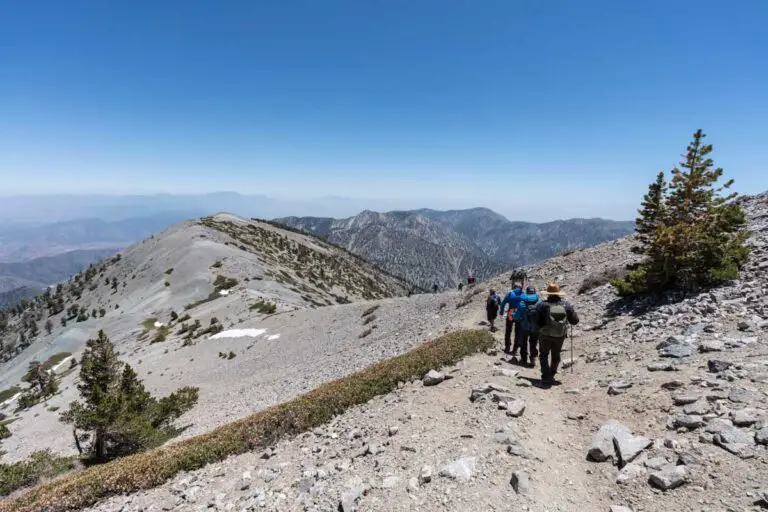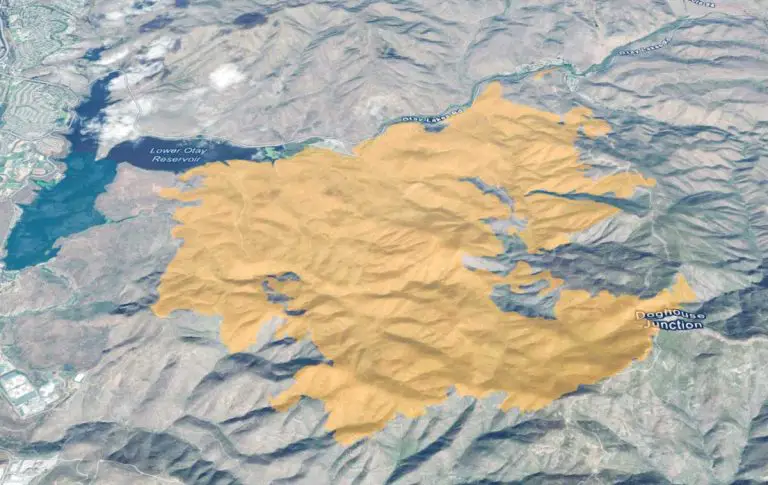Trump Administration Takes Aim at National Parks Service and National Monuments

As springtime draws closer, a typically busy season in Southern California’s national parks, many conservation organizations and park employees are voicing concerns about the Trump administration’s federal hiring freeze and other policy changes that are reverberating across the National Park Service (NPS).
From Joshua Tree’s striking desert landscapes to the shores of Channel Islands, many fear that diminished staffing levels, stalled funding, and uncertainty over job security could harm both visitor experiences and the parks themselves.
Trump is also considering reducing the size of National Monuments to allowing mining, oil, and natural gas companies to extract on public lands, claiming an “energy emergency” that critics say is a thin pretext for a land grab.
A Nationwide Freeze Hits Home
On January 27, the White House Office of Management and Budget directed a broad freeze on federal hiring and funds, initially halting thousands of seasonal and permanent job offers within the National Park Service. While the administration partially rescinded its order on grants two days later, confusion remains as many NPS parks rush to fill critical roles before the high-traffic spring and summer seasons.
“When taken together, the cumulative impact of these actions and orders on our national parks and park staff could be devastating and long-lasting,” Theresa Pierno, National Parks Conservation Association (NPCA) President and CEO, said in a statement on the organization’s website. “In the long term, buyouts could lead to a loss of expertise and experience. And when national parks struggle, gateway communities and economies feel the effects too.”
In Southern California, Joshua Tree National Park anticipates significant crowds over the next few months. The park requires seasonal rangers to manage large influxes of visitors who come for hiking, stargazing, and camping in the Mojave and Colorado deserts. Without enough staff, experts warn of unmaintained trails, reduced interpretive programs, and longer emergency response times.
According to the NPCA, more than 2,000 seasonal and permanent positions have already been rescinded nationwide. For newer staff who remain in “probationary periods” — typically the first year of federal employment — job security is also in doubt. Internal guidance from the administration has asked federal agencies to reevaluate probationary employees, possibly reassigning them, putting them on paid leave, or letting them go altogether.
Another blow to staffing stability arrived in late January, when a Federal Office of Personnel Management email offered Park Service employees an option: resign by February 6 and continue to receive pay through September, or remain on duty without certainty about their positions. The move, described by some as a “damaging loss of expertise,” raises questions about the depth of the administration’s restructuring plans. The administration recently lifted the freeze partially to allow the hiring of some park employees who hold law enforcement positions, including law enforcement rangers and public safety dispatchers.
In many western parks — including Death Valley National Park, known for extreme summer temperatures, and Channel Islands National Park, which often relies on specialized ecological researchers — specialized knowledge can be crucial for resource protection. Loss of experienced staff could hinder efforts to combat invasive species, maintain visitor facilities, and monitor cultural sites.
While the national parks have been hosting record-breaking numbers of visitors — an estimated 325 million visits in 2023, according to the NPCA — the agency’s workforce has not kept pace. Parks have seen a roughly 20% decrease in staffing since 2010, even as visitation has continued to climb.
A group of US senators sent a letter to Interior Secretary Doug Burgum, urging him to lift the hiring freeze. Citing the most recent concerns, they wrote, “Without seasonal staff during this peak season, visitor centers may close, bathrooms will be filthy, campgrounds may close, guided tours will be cut back or canceled, emergency response times will drop, and visitor services like safety advice, trail recommendations, and interpretation will be unavailable.”
Local economies in “gateway communities” such as Twentynine Palms and the town of Joshua Tree near Joshua Tree could also feel the impact. These towns rely heavily on park-driven tourism, which supports hotels, restaurants, and tour operators.
“Gutting staffing at national park units will devastate local gateway communities,” the senators wrote, referencing the billions of dollars in economic activity generated by national park visitation.
Spotlight on Yosemite’s Delayed Reservation System
Although Yosemite National Park lies in Central California, recent disruptions there shine a spotlight on how new policy directives can ripple outward. Park officials indefinitely postponed the rollout of a summer reservation system, attributing the delay to awaiting “approval” from the Trump administration. Environmental advocates worry this could presage more congestion and resource damage in the park’s busiest seasons.
What happens in Yosemite resonates throughout California’s national park system. Many Southern California locations, including Santa Monica Mountains National Recreation Area and Cabrillo National Monument, have also been exploring ways to handle record crowds. Now, with remote work schedules rolled back and budgets in question, large-scale congestion management plans could be even harder to implement.
Looming Impacts on Resource Protection and Safety
Beyond visitor comforts like clean restrooms and open trails, experts fear the freeze will hamper essential conservation efforts and emergency operations. Joshua Tree National Park, for example, occasionally battles wildfires — the 2022 Elk Fire scorched part of the park’s northwest corner. With fewer rangers or emergency response staff, wildfires or medical emergencies could strain already thin resources.
“Visitors from around the world come to our national parks expecting a once-in-a-lifetime experience,” said Kristen Brengel, NPCA’s Senior Vice President of Government Affairs. “Instead, they could be met with overflowing trash, uncleaned bathrooms, or a lack of rangers to provide guidance.”
A Call to Action
As the administration continues to evaluate federal programs, NPCA, members of Congress, and park advocates nationwide are calling on citizens to stay informed and speak up. “Americans love our national parks and want to see them protected,” said Pierno. “But that requires support for the people who care for them.”
In the coming weeks, officials and conservation groups hope to see a resolution that allows critical hiring to move forward in time for the busy season. For now, many employees and visitors alike remain in limbo — caught between record demand for park experiences and an administration that has yet to clarify what the future holds for these “America’s Best Idea” destinations.
Trump Administration Considers Redrawing National Monuments
In a move tied to the Trump administration’s drive for expanded energy production, newly appointed Interior Secretary Doug Burgum has ordered a review of national monument boundaries created by previous presidents under the Antiquities Act. The directive, issued on February 4, 2025, requires federal officials to submit plans by February 18 on how they might adjust or reduce designated areas—potentially opening them up to oil, coal, and uranium development.
Among the monuments at greatest risk are Bears Ears and Grand Staircase-Escalante in Utah, which hold sizeable mineral deposits. Trump had previously downsized both sites during his first term, only for President Biden to restore them soon after. Conservation groups warn that altering monument boundaries could harm culturally important lands, wildlife habitats, and local economies reliant on outdoor recreation and tourism.
Still, energy industry representatives applaud the potential rollback of restrictions, citing what they claim is a “national energy emergency,” with no evidence that such a situation exists. Legal questions remain over whether the president can unilaterally revise existing monuments, as lawsuits challenging Trump’s earlier reductions have never been fully settled in court.
“If they are going to say there’s some energy emergency that overrides the Antiquities Act, they are going to get laughed out of court,” said Aaron Weiss with the Center for Western Priorities, told the Associated Press.






